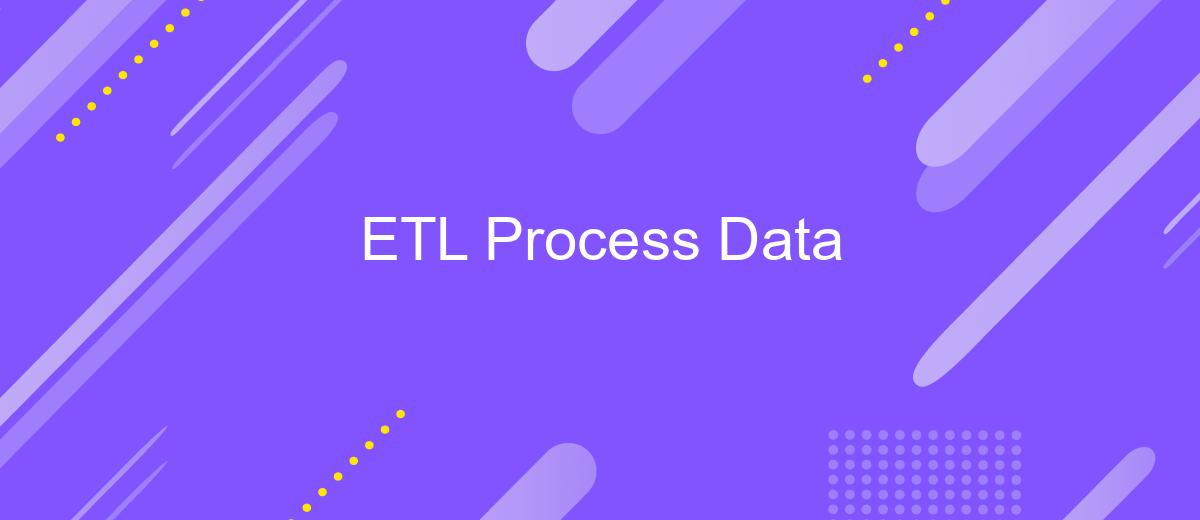ETL Process Data
The ETL (Extract, Transform, Load) process is a crucial component of data management and integration. It involves extracting data from various sources, transforming it into a suitable format, and loading it into a data warehouse or other target systems. This process ensures that data is accurate, consistent, and readily available for analysis, driving informed decision-making and strategic planning.
Introduction
The ETL (Extract, Transform, Load) process is a fundamental aspect of data management and integration, enabling organizations to consolidate data from multiple sources into a single, coherent data store. This process is essential for data warehousing, business intelligence, and analytics, providing a structured method for data extraction, transformation, and loading into target systems.
- Extract: Data is extracted from various sources, such as databases, APIs, and flat files.
- Transform: Extracted data is transformed into a suitable format or structure for analysis and reporting.
- Load: Transformed data is loaded into a target database, data warehouse, or another storage system.
Modern ETL processes often involve the use of integration services like ApiX-Drive, which streamline the extraction and transformation of data from various APIs and data sources. ApiX-Drive provides an intuitive interface and automated workflows, making it easier for businesses to manage data integration without extensive coding or manual intervention. By leveraging such tools, organizations can enhance their data processing efficiency and ensure data accuracy.
ETL Process Overview

The ETL (Extract, Transform, Load) process is a critical component in data management and analytics. It involves extracting data from various sources, transforming it into a suitable format, and loading it into a target database or data warehouse. This process ensures that data is consolidated, cleaned, and made ready for analysis, enabling businesses to derive actionable insights. ETL tools automate these steps, reducing the risk of errors and ensuring data consistency across different systems.
Setting up ETL processes can be complex, especially when dealing with multiple data sources and formats. Services like ApiX-Drive simplify this by providing a user-friendly platform for integrating various applications and automating data workflows. ApiX-Drive allows users to easily connect different systems, schedule data transfers, and monitor the ETL process in real-time. This not only saves time but also enhances the reliability and efficiency of data management practices, making it easier for organizations to maintain up-to-date and accurate data.
ETL Process Components

The ETL (Extract, Transform, Load) process is a critical component in data management and analytics. It involves three main stages that ensure data is accurately and efficiently moved from source systems to a destination data warehouse or database.
- Extract: This stage involves retrieving data from various source systems, which can include databases, APIs, and flat files. The goal is to collect all relevant data in its raw form.
- Transform: During this phase, the extracted data is cleaned, normalized, and transformed into a suitable format for analysis. This may involve filtering, aggregating, or enriching the data to meet business requirements.
- Load: The final stage involves loading the transformed data into a target system, such as a data warehouse or a data lake, where it can be accessed for reporting and analysis.
Effective ETL processes often leverage integration services like ApiX-Drive, which streamline the extraction and loading of data from various sources. ApiX-Drive allows for seamless integration, reducing the complexity and time required to set up and maintain ETL pipelines. This ensures that businesses can focus on analyzing and utilizing their data rather than managing the intricacies of data integration.
ETL Process Implementation

Implementing an ETL process involves several critical steps to ensure data is efficiently extracted, transformed, and loaded into the target system. The first phase is data extraction, which involves retrieving data from various sources such as databases, APIs, or flat files. This step is crucial as it sets the foundation for the subsequent transformation and loading phases.
Once the data is extracted, the transformation phase begins. During this stage, the data is cleansed, formatted, and transformed to meet the requirements of the target system. This may include tasks such as data validation, deduplication, and aggregation. Effective transformation ensures that the data is accurate and consistent.
- Extract data from multiple sources
- Cleanse and transform data
- Load data into the target system
- Monitor and maintain the ETL process
Finally, the transformed data is loaded into the target system, such as a data warehouse or a data lake. Tools like ApiX-Drive can simplify the integration process by automating data extraction from various sources and facilitating seamless data transformations. Continuous monitoring and maintenance are essential to ensure the ETL process runs smoothly and efficiently.
ETL Process Evaluation
Evaluating the ETL process is a critical step to ensure the efficiency and accuracy of data transformation and loading. This evaluation involves assessing the performance, reliability, and scalability of the ETL tools and processes in place. Key performance indicators (KPIs) such as data accuracy, processing speed, and error rates should be monitored regularly. Additionally, it's important to evaluate the flexibility of the ETL process in handling different data sources and formats, as well as its ability to adapt to changes in data requirements.
Integration services like ApiX-Drive can significantly enhance the ETL process by automating data transfers between various applications and platforms. ApiX-Drive offers a user-friendly interface and robust features that allow seamless integration without the need for extensive coding. By leveraging such services, organizations can streamline their ETL workflows, reduce manual intervention, and minimize errors. Regularly reviewing and updating the ETL process with the help of integration tools ensures that the data pipeline remains efficient and capable of meeting evolving business needs.
FAQ
What is an ETL process?
Why is ETL important for businesses?
What are the common challenges in ETL processes?
How can ETL processes be automated?
What are best practices for ETL process implementation?
Routine tasks take a lot of time from employees? Do they burn out, do not have enough working day for the main duties and important things? Do you understand that the only way out of this situation in modern realities is automation? Try Apix-Drive for free and make sure that the online connector in 5 minutes of setting up integration will remove a significant part of the routine from your life and free up time for you and your employees.

